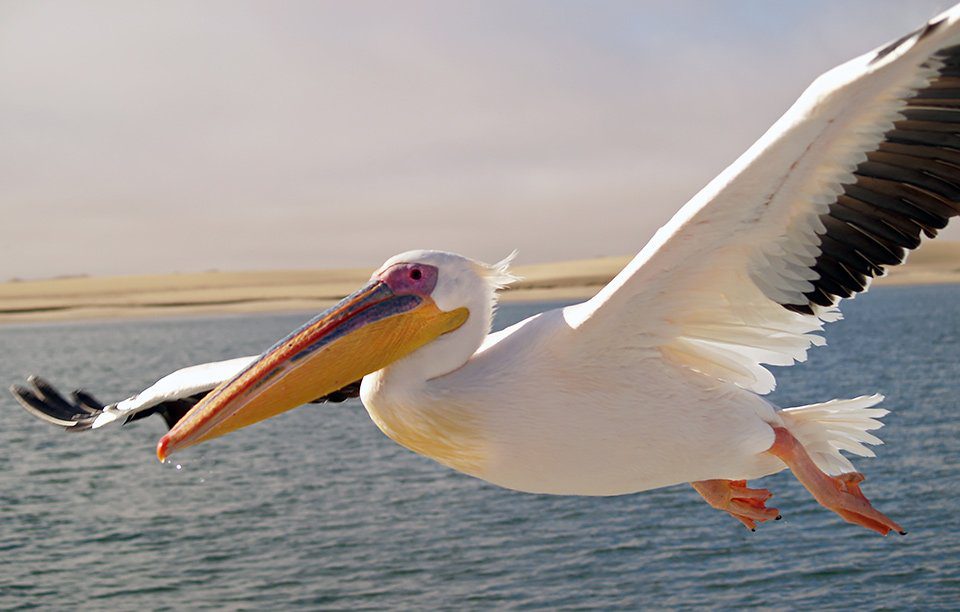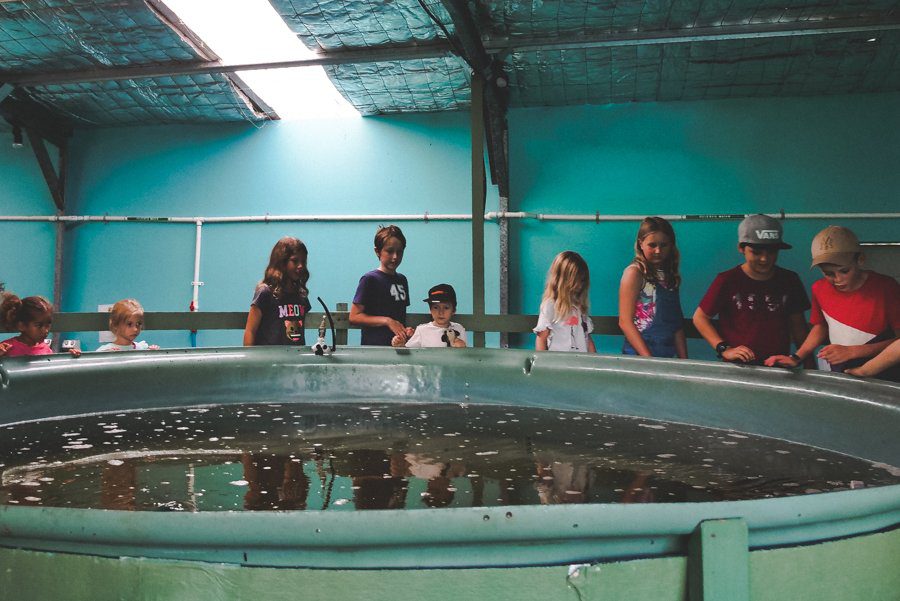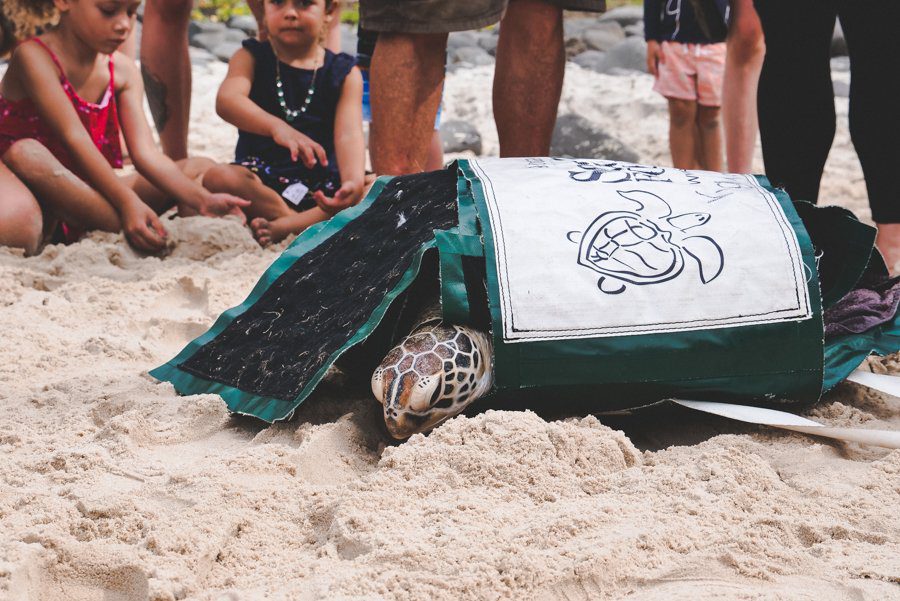Why go to a zoo on your next trip to Byron Bay when you can get involved at the Australian Seabird Rescue.
Australian Seabird Rescue is a grass-roots community group with a passion for coastal wildlife rescue and conservation.
With branches along the coastline of New South Wales and sister-groups around the country, ASRs strategic objective is to reduce the human impact on wildlife through rescue, research and education.
If you’re coming to visit the Ballina Byron area you can attend one of their school holiday tours where they’ll show you what you can do to make a difference.
You’ll also get to tour the Ballina Byron Sea Turtle Hospital, where you can see their wall of shame that’s full to the brim of plastic they’ve found entangled or ingested by rescued sea turtles and seabirds.

What’s the challenge?
Injuries to marine life in general are always due to human intervention.
Approximately 1 million sea birds alone a year die from plastic poisoning alongside an estimated 200,000 other marine animals including Dolphins, Turtles and Whales.
Hair ties, balloons, discarded fishing lines, nets and hooks, all man-made plastics. The list is endless. The animals think they are food (hello plastic bag jellyfish), consume them and they get lodged in their stomachs, releasing poisonous gas.

The floating syndrome is when a turtle’s stomach becomes so full of gases from plastic consumption that it can’t descend to cleaning stations – which are like natural service stations or buffet halls where fish congregate to eat the algae and barnacles from the animal’s shell.
With all plastic poisoning, this causes blockages within their digestive system and always eventually leads to death. Floating turtles are also easily captured or blown ashore from not being able to submerge.

What’s the solution?
In late 1992, local Ballina man Lance Ferris discovered a pelican struggling to free herself from fishing lines and began a quest to find others.
Lance soon found that out of the 108 pelicans he checked, 31 were being strangled by fishing wire, or being gouged by hooks. And thus the centre began.
My discovery began when I was sent a Facebook post from a friend, “Want to come to this in the holidays?’ My friend asked.
The flyer stated simply ‘Come and watch Iguana the turtle be released back into the ocean.’

I’d never heard of the Australian Seabird Rescue (ASR) and didn’t even know they existed even though I’m a Byron Bay local. But this sounded like fun and let’s face it, it was school holidays and the kids were driving me nuts.
The centre, surrounded by saltwater estuaries is only around a twenty-minute drive from Byron Bay and just three minutes from Ballina Airport.
I wasn’t the only one dumbfounded to discover the modest centre has been running for twenty years on the smell of oily rag. Funded by amazingly generous philanthropists, the centre only pays $1.50 a week in rent and all vet bills are covered.
We were a small crowd of around thirty people gathered to hear about the centre and learn about the various breeds of sea birds and turtles and their migration patterns.
The mission today was simple: to release Iguana, the green sea turtle who had been rehabilitating from ‘Floating Syndrome’ in the centre since September.

After an insightful presentation on the work of the centre, our small collective of parents and kids headed over to nearby Sharpes beach.
As we gathered on the beach, Surf Lifesavers informed us there was a large Bull Shark just off the shoreline. A drone was sent up to check out the shark but the decision was made that nature would do what nature does and Iguana turtle should be released regardless.
What will be, will be.

Iguana was then carried in a sling from the car, as the people lined on either side like a wedding procession while the team placed her on the sand.
They dropped the sides of the sling, and Iguana poked her head out, her wise eyes taking in the crowd, to gasps as to her size and beauty.
But Iguana had other ideas about this wedding. She didn’t dash down the sand flippers flapping, as we were told she would, She just sat there and dug her flippers In. “Nope, I’m no seal show”, she seemed to say.


The staff gave her an encouraging nudge but still nothing. Freedom or no freedom, Iguana had spoken but so, to the whooping cheers of the crowd the team carried her down the beach like a genie on a magic carpet into the water and let the waves do the rest.
There was not a dry eye as her instinct took over and Iguana pushed on through the waves and disappeared into the tide heading for a rip to her left to carry her away once more.


“That was AWESOME!” shouted our five-year-old son.
On the way home, Milo our nine-year-old son remarked, “I’d prefer to watch a Turtle being set free over one locked in jail like Seaworld any day of the week.”
Wise words, son. Me too.

What will the positive impact be?
Since the (ACFWB) centre began 27 years ago, the core staff of two full-timers and countless volunteers and members have rescued and saved thousands of birds, turtles, sea snakes of all breeds.
ASR members have talked to thousands of community groups in person and through the media and trained hundreds of wildlife carers in the rescue and rehabilitation of marine wildlife.
Find out more: www.seabirdrescue.org.au
You can make a donation here

How can you travel to change the world?
Congratulations! By reading this post and taking some of these insights on board, you’ve already made a difference. Now you can easily create your own impact by sharing your new-found knowledge.
Share this link to a friend who you think would be interested or post it on your own social media.
Ultimately, it all comes down to staying curious, keeping yourself up-to-date and making yourself accountable for your actions on your travels.